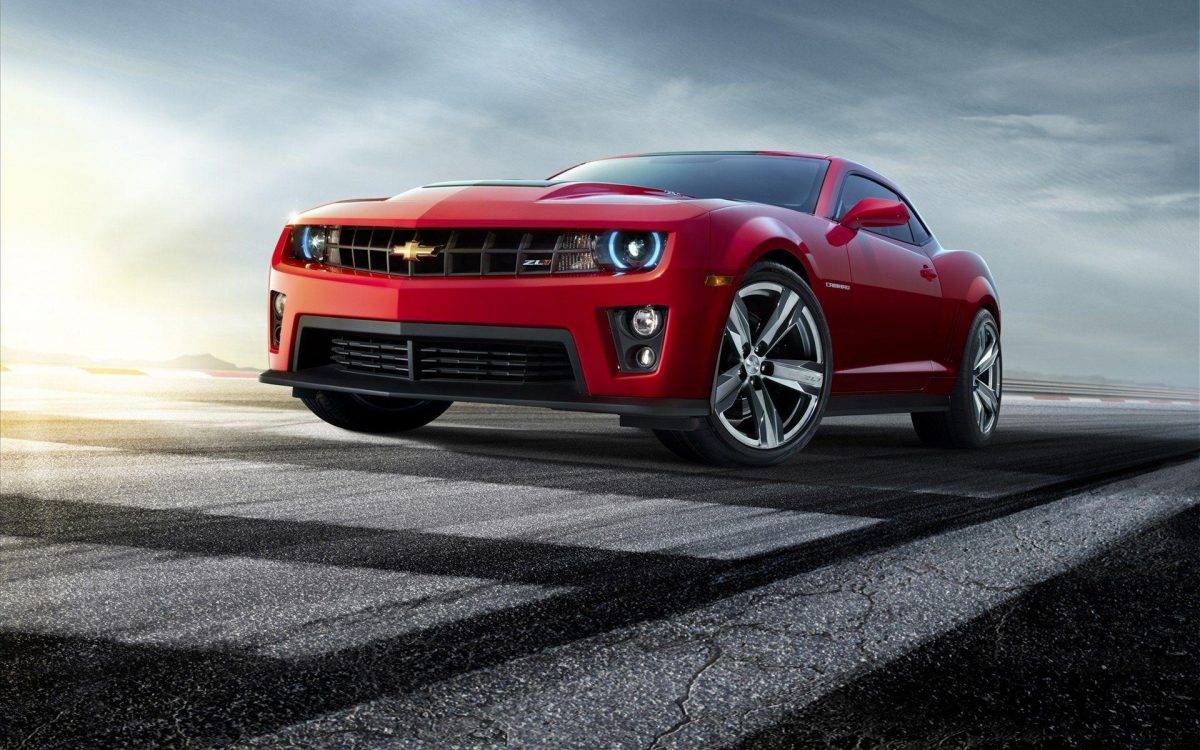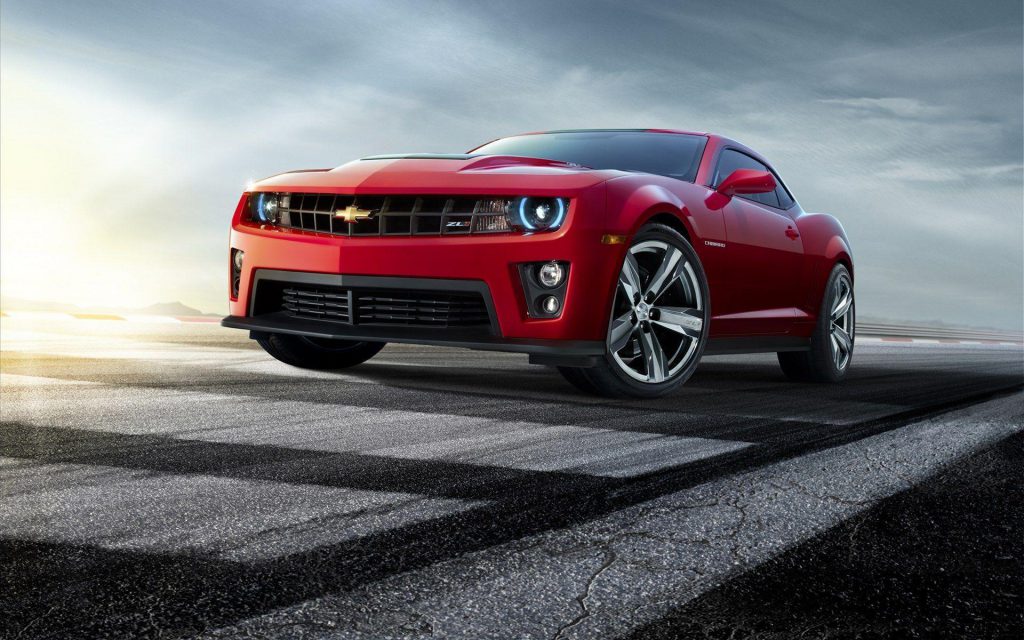A new beast has born! While the Centenario continues to be a preferred strategy by Lamborghini, the company also offers innovative design and engineering expertise. Using the V12 structure, the Centenario’s 770 HP atmospheric engine completes the acceleration of 0-100 km / h in 2.8 seconds, completing 0-300 km / h in 23.5 seconds. The maximum speed of this model is 350 km / h. Braking distance of 100 km / h is 30 meters. The monocoque body, all made of carbon fiber, has a low weight of 1.520 kilograms and a ratio of 1.97 kg / hp.
The aerodynamic design of the car also includes an extended rear wing that provides more suppression force at high speeds. The first-ever rear-wheel drive also enhances agility and stability, while the innovative touch-screen offers connected internet browsers and associated infotainment systems such as Apple CarPlay.
The length of the Centenario is 4,924 meters, and the height is 1,143 meters. The aerodynamic air intakes, which consist of a few slices, characterize both the front and the back.On the front hood, there are large air intakes, both of which are reminiscent of the 1970s sports cars and with functional features. The air is taken from the front of the car and thus contributes to the depressing force on the front axle.

The body of the Centenario is characterized by a glossy carbon fiber. Front hood, scissor-shaped door panels and roof line, smooth, aerodynamic and organic. The lower parts of the matte carbon fiber, such as the front distributor, side skirts, rubber grips and rear diffuser, are functional and technical as well as aerodynamic superiority. The mats, which are further accentuated with matte carbon fiber and concealed air flow channels, also reveal the aerodynamic design of the car. The rear fender profile is particularly noteworthy, and thus highlights the Centenario’s rear tire steering.
The Pirelli PZero tires, which are specially developed for the rear steering system, feature 20-inch front and 21-inch diameter forged chamfered aluminum wheels in the rear. The carbon-fiber material, which is further distinguished by the fan-like shape, closes the ducts that remove the hot air from the carbon ceramic brakes, and finally the Lamborghini logo in the middle of the wheel. The car’s rear structure, which is dominated by the integrated rear diffuser is considerably larger, by optimizing the air flow distribution, maximizes the suppression force of the car and aesthetically emphasizes the importance of aerodynamics in the Centenario.
The Centenario is equipped with the Lamborghini V12 engine, which fits perfectly to its dynamic potential. Even at low speeds, this highly reactive engine offers easy-to-use resonance and features that can only be achieved by atmospheric engines. The Centenario’s engine, engineered to produce 770 HP, is the most powerful engine ever built by Lamborghini, with an engine speed limiter from 8,350 rpm to 8,600 rpm. The vehicle accelerates from 0 to 100 km / h in 2.8 seconds and reaches a speed of 300 km / h in just 23.5 seconds. The maximum speed of the Centenario is 350 km / h. It offers impressive performance with a braking distance of 30 mph at 100 km / h and a braking distance of 300 m at 300-0 km / h.
The Centenario will be produced in a limited number of 20 coupe and 20 sports cars to be delivered in 2017 starting from the fall of 2016. All 40 Centenario models were purchased by collectors and Lamborghini fans from all over the world with sales prices starting from 1.75 million euros plus taxes.



